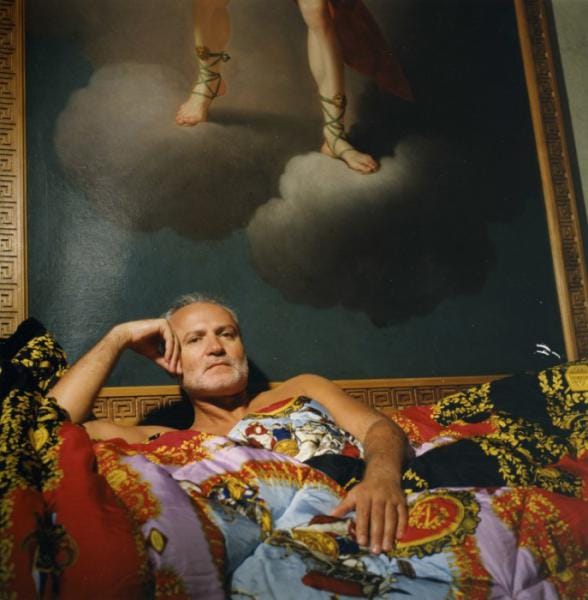
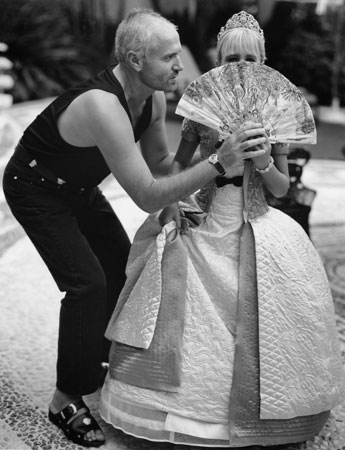

Made a Name for Himself
Versace started designing clothes when he was 22. A local garment maker hired him to design a collection that was sold in Francesca Versace's store. Fashion models from Rome and Milan came to southern Italy to perform in runway shows. Soon Versace's name was heard in Milan, the center of Italian fashion.

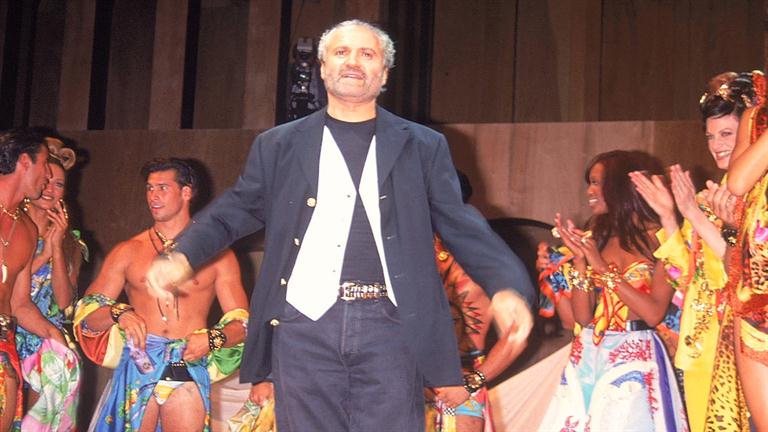

A Family Business
In 1976, Santo Versace, Gianni's older brother, left his management consultant's practice in Reggio di Calabria and moved to Milan. Santo had earned a degree in business administration from the University of Messina in 1968. He and his designer brother set out to create the Gianni Versace label. In 1977, Donatella Versace Beck joined the business.

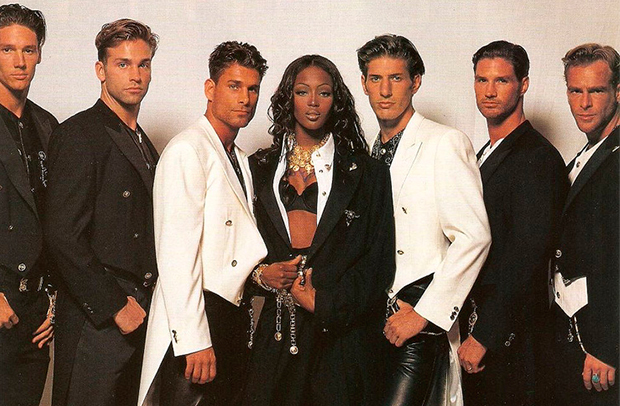
Awards and Artistry
In 1979, Versace, who was always greatly concerned with his image, began a collaboration with the American photographer Richard Avedon. In 1982, Versace won the first of a series of awards, "L'Occhio d'Oro," (Golden Eye) for the best fashion designer of the 1982-83 fall/winter collection for women.


The National Field Museum in Chicago presented a major retrospective show of Versace's work in 1986. Versace designed the costumes for Richard Strauss' opera, Salome in 1987. On April 7, the book Versace Teatro was published. Two months later, Versace went to Russia with Bejart, for whom he designed the costumes of the Ballet du XX Siecle.

In 1989, the film The Fortune of Friendshipwas shown. It recounted the relationship between Versace and Maurice Bejart. In Milan, Versace presented "Versus," a new line for young people, which explored informal themes and served as an alternative to so-called conventional ways of dressing.



A Violent End
Versace owned four homes around the world, including a mansion on Ocean Drive in Miami Beach, a villa on Lake Como in Italy, and a 15th-century palazzo in downtown Milan. He enjoyed listening to music and reading, especially biographies of musicians.On July 15, 1997, Versace was shot in front of his Miami Beach, Florida home by Andrew Cunanan, who had crossed the U.S. on a killing spree. It is thought that Versace and Cunanan met in San Francisco when Versace was there designing costumes for the opera.
After a private service in Miami, Versace's remains were cremated and brought back to Italy by his siblings. In Milan, 2,000 mourners attended a memorial mass held in the city's gothic cathedral. Many celebrities attended the funeral including Princess Diana, Elton John, Versace's favorite supermodel, Naomi Campbell, and Maurice Bejart. Versace's fashion colleagues paid their respects, including his archrival Giorgio Armani. Versace's companion Antonio D'Amico also attended.
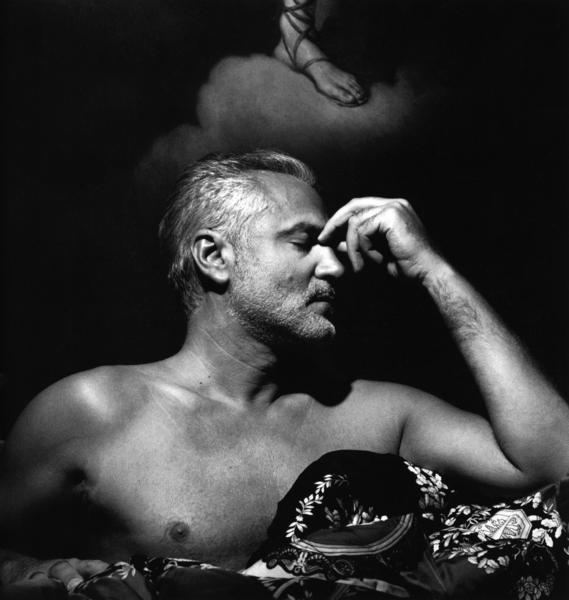


Versace Remembered
Robin Givhan wrote of Versace in the Washington Post,"Designer Gianni Versace is being mourned by the fashion industry as a fallen titan. Before Versace, there were no supermodels, no celebrities at shows and in advertising, no screaming fans. Fashion was not entertainment, it was merely clothes. … Over time, his work was celebrated not only in fashion annals for its brashness but also in museums because of the ways it reflected the culture and re-energized the Old World artistry of the … seamstress of the couture. … Versace understood the importance of marketing.
An exhibition celebrating the major themes of Gianni Versace's career in high fashion took place at The Costume Institute of the Metropolitan Museum of Art from December 11, 1997 to March 22, 1998. The exhibition began with "Versace: The Landmarks," a mini-retrospective of the designer's major themes, including the prints, the white suit on the cover of Time magazine on April 17, 1995, and Elizabeth Hurley's safety-pin dress.

In the second gallery, the theme "Versace and Art" traced his inspirations from Warhol and modern abstract art. The third and largest gallery, "Versace and History" revealed his appreciation of ancient Greece and Rome, Byzantine crosses, madonnas, 18th-century court-style silhouettes, and 1920s and 1930s themes of the Vienna Secession, Vionnet, and Madame Grès. "Versace and Experiment" in the fourth gallery presented new materials, including plastic dresses, leather, including the 1992 "bondage" collection, and the metal-mesh dresses. ![]()
The final gallery, "Versace: The Dream," featured clothing for the theater. Richard Martin, curator of The Costume Institute called the exhibit an "extraordinary reckoning, a moment of assessment and farewell."


















